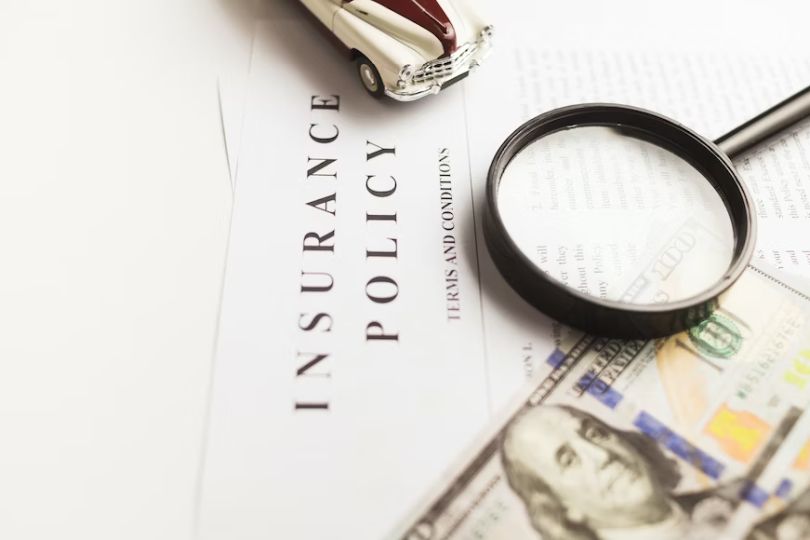What Should You Do If Want Your Car Insured?

Car insurance is a necessary expense for anyone who owns a vehicle. Without car insurance, you risk being financially responsible for damages and injuries caused in an accident. However, with so many options available, it can be overwhelming to figure out how to get started. This guide will walk you through the necessary steps to get your car insured.
Determine Your Coverage Needs
The first step in getting car insurance is understanding the different types of coverage that are available. The three main types of coverage are liability, collision, and comprehensive. Liability coverage is required by law in most states and covers damages or injuries you cause to other people or their property. Collision coverage pays for damages to your own vehicle if you are at fault in an accident. Comprehensive coverage provides protection against non-collision events, such as theft or natural disasters.
When choosing coverage, it’s important to consider your driving habits and financial situation. In addition, when selecting car insurance, it’s important to consider the value of your vehicle. For example, if you have a newer or more expensive car, you may want to consider purchasing collision and comprehensive coverage. Additionally, if you have significant assets, you may want to consider higher liability coverage limits to protect yourself in the event of a lawsuit. By taking the time to carefully consider your coverage needs, you can ensure that you have the right level of protection in the event of an accident.
Shop Around for Insurance Quotes
Once you’ve determined your coverage needs, it’s time to start shopping around for insurance quotes. There are several ways to get quotes, including calling individual insurance companies directly or using online comparison tools. It’s important to get quotes from multiple providers to ensure you’re getting the best possible rate.
When comparing quotes, be sure to look at the total cost of coverage, including deductibles and any discounts that may apply. Keep in mind that the cheapest option may not always be the best value, as it may offer less coverage or have a higher deductible.
Understand Your Deductible
A deductible is the amount you’ll need to pay out of pocket before your insurance coverage kicks in. Choosing the right deductible is important, as it affects both your premium and the amount you’ll need to pay in the event of an accident.
Generally, a higher deductible will result in lower premiums, but requires more out-of-pocket expenses in the event of a claim. Conversely, a lower deductible means higher premiums but offers greater financial security if an accident occurs. It’s important to carefully consider your options and choose a deductible that you can comfortably afford in the event of an accident.
Assess Discounts
Many insurance companies offer discounts for safe driving, good grades, anti-theft devices, and more. To qualify for these discounts, you may need to meet certain criteria, such as maintaining a clean driving record or completing a defensive driving course.
When shopping for car insurance, be sure to ask about available discounts. Taking advantage of discounts can help you save money on your car insurance without sacrificing coverage.
Research Customer Service and Financial Strength Ratings
In addition to price and coverage, it’s important to consider the customer service and financial strength of an insurance company. You want to be confident that your insurance provider will be there to help you through the claims process in the event of an accident.
Researching customer service ratings and reviews can help you determine which insurance companies provide the best customer service. Additionally, you should assess the financial strength of an insurance company to ensure they have the resources to pay out claims.
Use Online Tools and Resources
Online tools and resources can be useful when shopping for car insurance. Many insurance companies offer online quotes, allowing you to easily compare rates from multiple providers. Additionally, online review sites can provide valuable insight into the experiences of other customers with a particular insurance company.
By using online tools and resources, you can save time and effort in your search for car insurance while also gaining valuable information to help you make an informed decision.
Final Steps
Once you’ve done your research and obtained quotes from multiple providers, it’s time to make your final decision. When selecting an insurance company, consider all of the factors discussed above, including coverage needs, price, customer service, and financial strength.
After purchasing car insurance, be sure to keep your policy information in a safe place and familiarize yourself with the claims process. In the event of an accident, you want to be prepared to quickly and efficiently file a claim.

In conclusion, getting car insurance requires careful consideration of your coverage needs, comparison shopping for quotes, understanding your deductible, assessing available discounts, researching customer service and financial strength ratings, and utilizing online tools and resources. By taking the time to carefully consider your options, you can find the right car insurance policy to meet your needs and protect yourself financially in the event of an accident.
